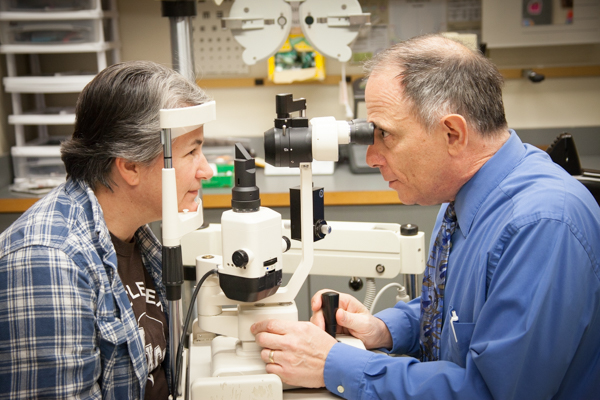The Role of Advanced Diagnostic Equipment in Identifying Eye Disorders
In the world of ophthalmology, the application of advanced diagnostic tools has reinvented the very early recognition and monitoring of different eye conditions. From discovering subtle adjustments in the optic nerve to monitoring the progression of retinal conditions, these innovations play a critical role in boosting the precision and efficiency of diagnosing eye conditions. As the demand for exact and prompt medical diagnoses remains to expand, the assimilation of sophisticated tools like optical coherence tomography and aesthetic field testing has come to be vital in the realm of eye treatment. The complex interplay in between modern technology and ocular techniques not just clarifies elaborate pathologies but additionally opens doors to customized treatment approaches.
Relevance of Early Medical Diagnosis
Very early medical diagnosis plays an essential function in the reliable monitoring and therapy of eye problems. By identifying eye problems at a very early stage, healthcare suppliers can provide suitable treatment plans tailored to the specific problem, inevitably leading to far better results for individuals.

Technology for Identifying Glaucoma
Sophisticated diagnostic innovations play a vital function in the early detection and monitoring of glaucoma, a leading cause of irreversible loss of sight worldwide. An additional sophisticated device is aesthetic area testing, which maps the sensitivity of a patient's visual field, helping to find any type of areas of vision loss characteristic of glaucoma. These advanced diagnostic devices enable ophthalmologists to detect glaucoma in its very early stages, allowing for prompt treatment and far better monitoring of the illness to avoid vision loss.
Duty of Optical Coherence Tomography

OCT's capacity important link to measure retinal nerve fiber layer density permits for exact and objective dimensions, aiding in the early discovery of glaucoma even before aesthetic field defects become obvious. On the whole, OCT plays a vital duty in improving the analysis precision and administration of glaucoma, eventually contributing to much better results for individuals at threat of vision loss.
Enhancing Diagnosis With Visual Area Testing
An important component in thorough ocular examinations, visual area screening plays an essential duty in boosting the diagnostic process for numerous eye conditions. By assessing the full extent of a patient's visual field, this test supplies crucial info about the useful stability of the whole aesthetic pathway, from the retina to the aesthetic cortex.
Visual field screening is specifically valuable in the diagnosis and management of problems such as glaucoma, optic nerve disorders, and different neurological conditions that can impact vision. Through measurable dimensions of outer and main vision, clinicians can identify subtle modifications that might show the presence or progression of these problems, even prior to noticeable symptoms happen.
Furthermore, visual area screening permits the tracking of therapy efficacy, helping ophthalmologists customize restorative treatments to private clients. eyecare near me. By tracking modifications in aesthetic area efficiency with time, doctor can make enlightened choices concerning readjusting medications, advising surgical interventions, or implementing various hop over to these guys other ideal steps to preserve or boost a person's visual function
Managing Macular Degeneration

Conclusion
In final thought, advanced diagnostic devices play a vital duty in identifying eye disorders early on. Technologies such as Optical Comprehensibility Tomography and aesthetic area testing have substantially boosted the precision and performance of diagnosing problems like glaucoma and macular degeneration.
Comments on “Finest Refractive Surgeries in AL: State-of-the-Art Eye Treatment”